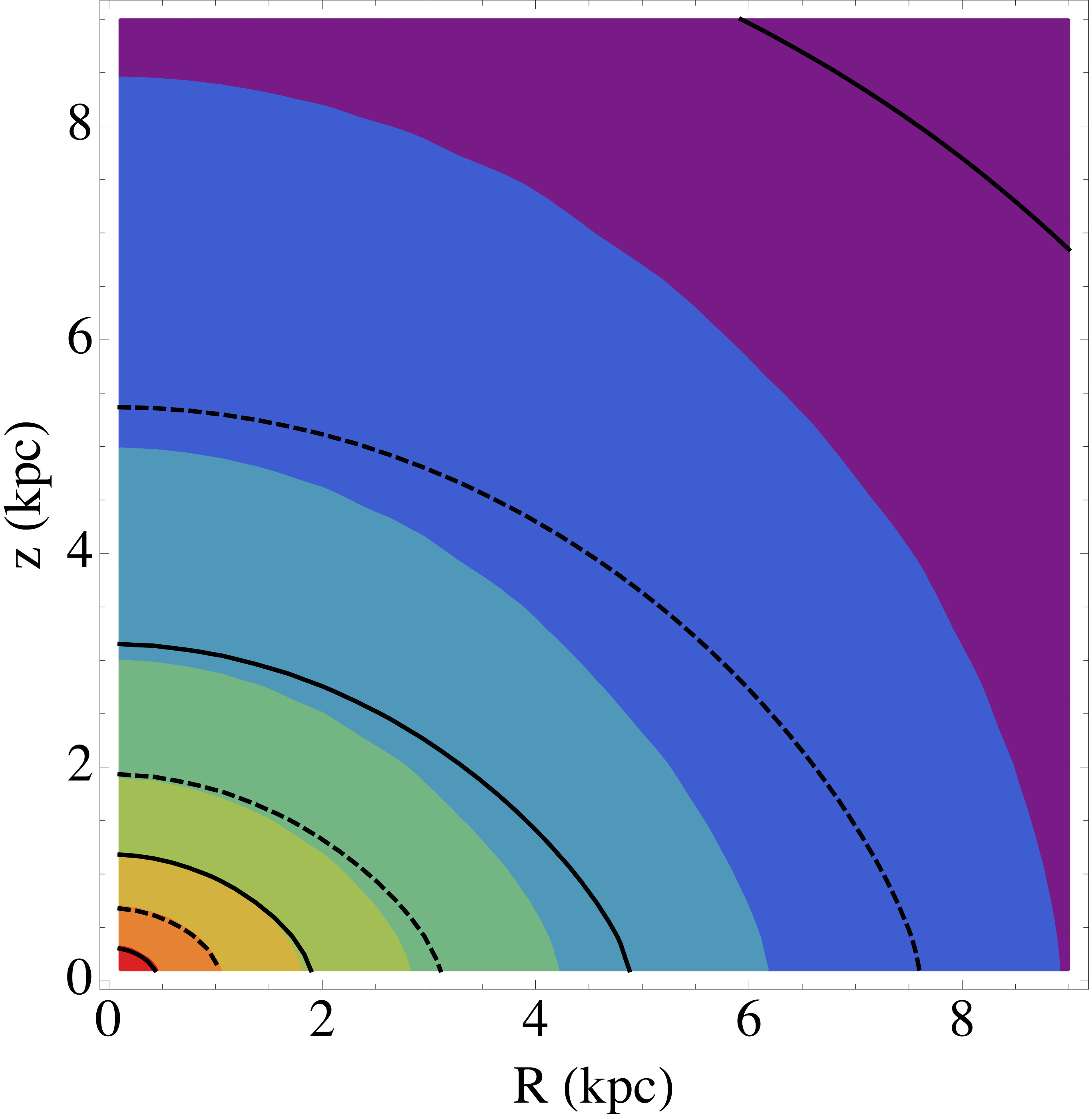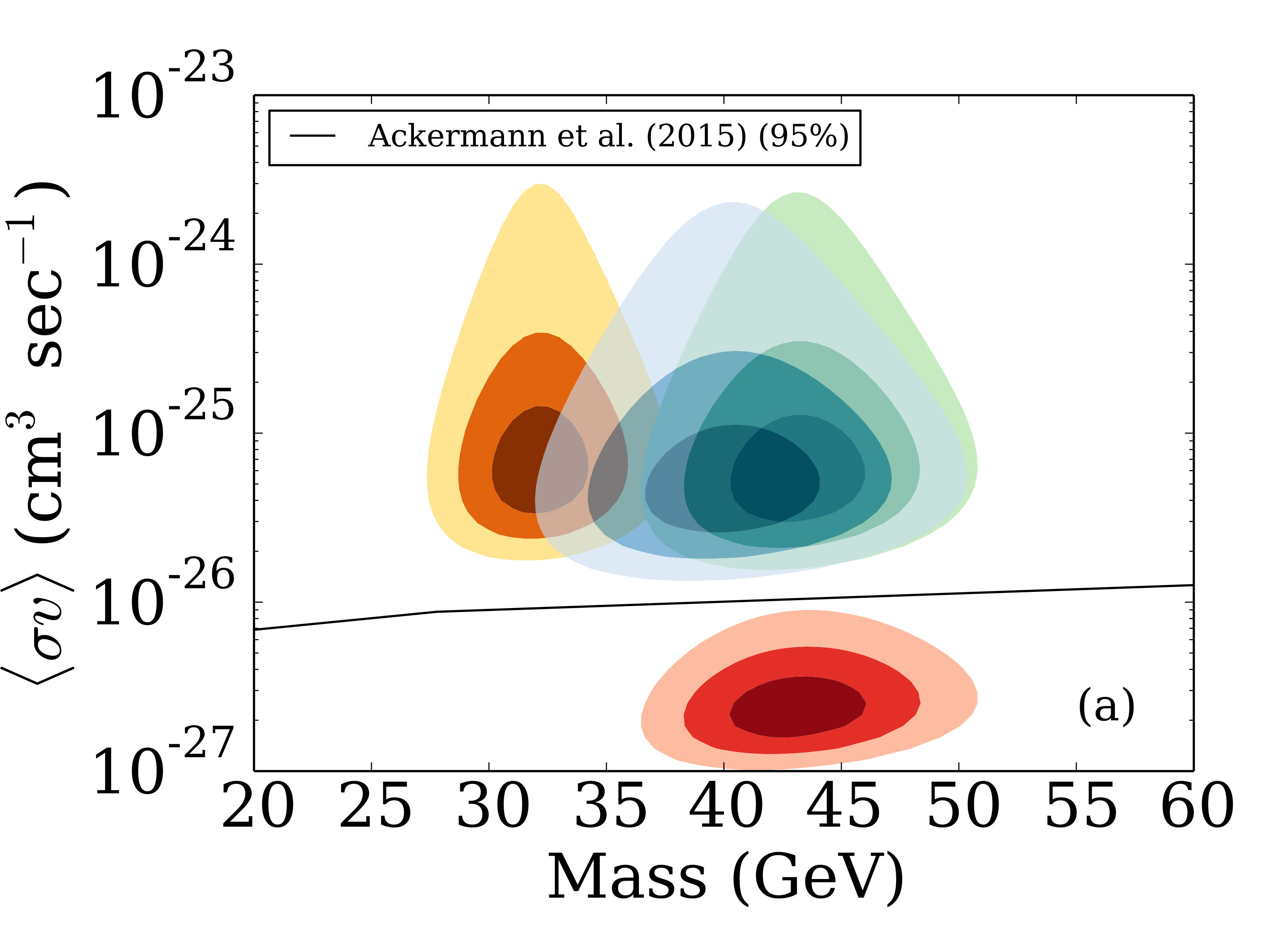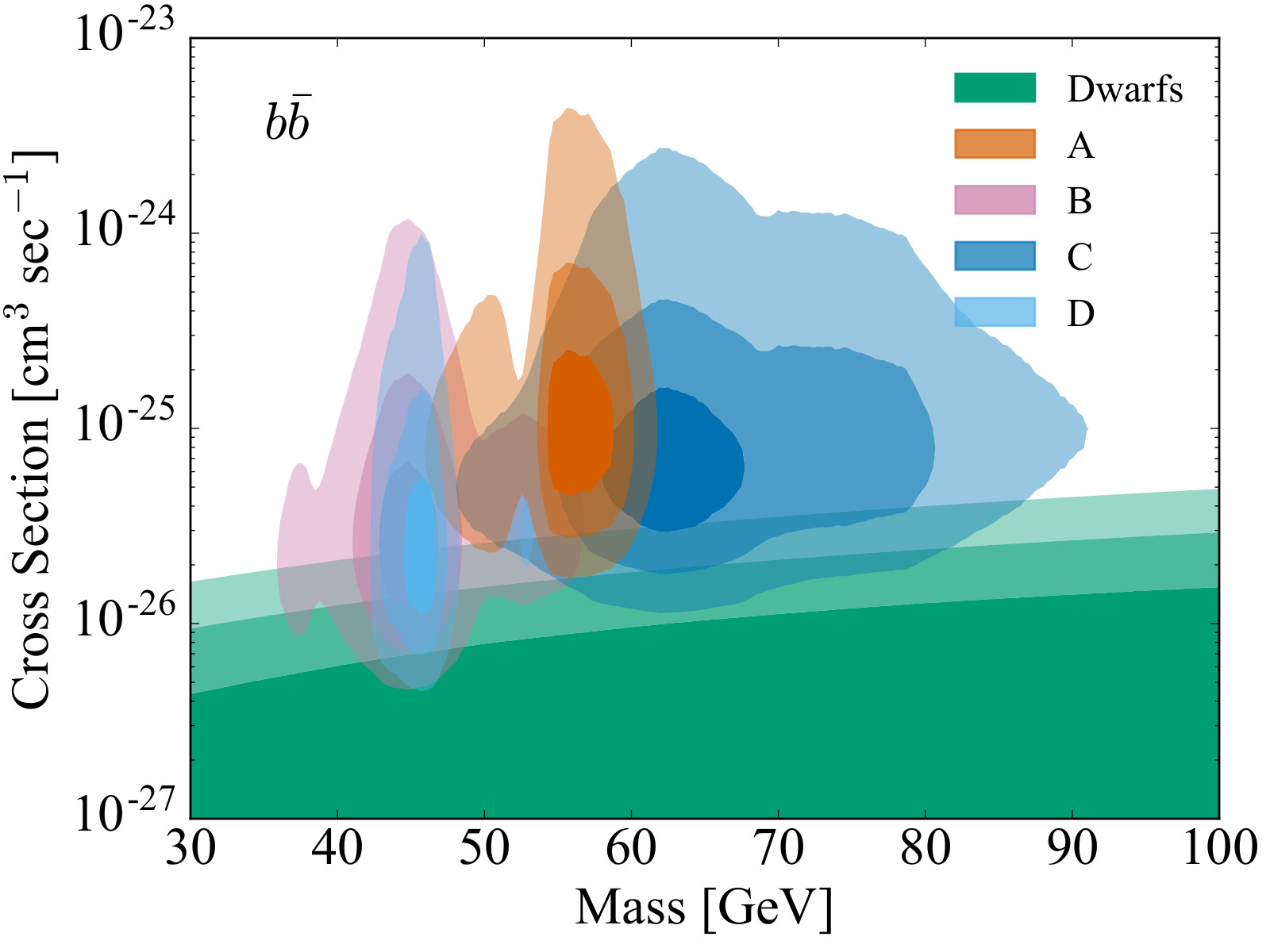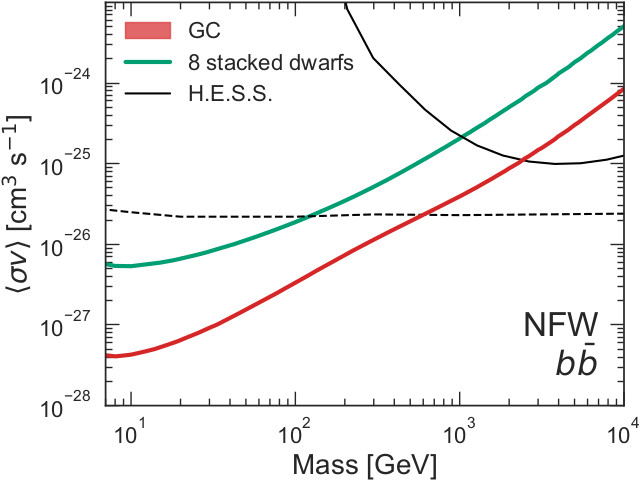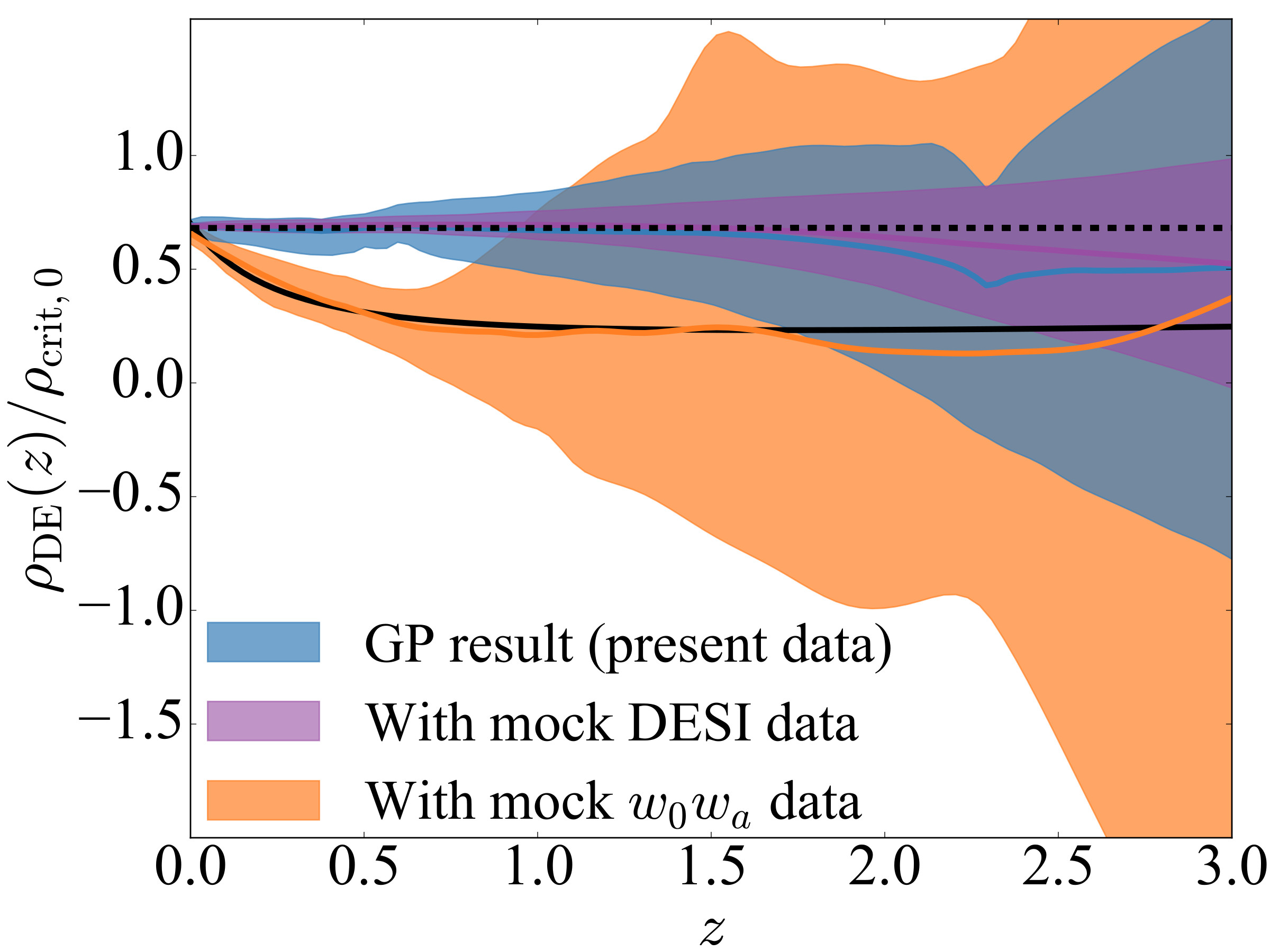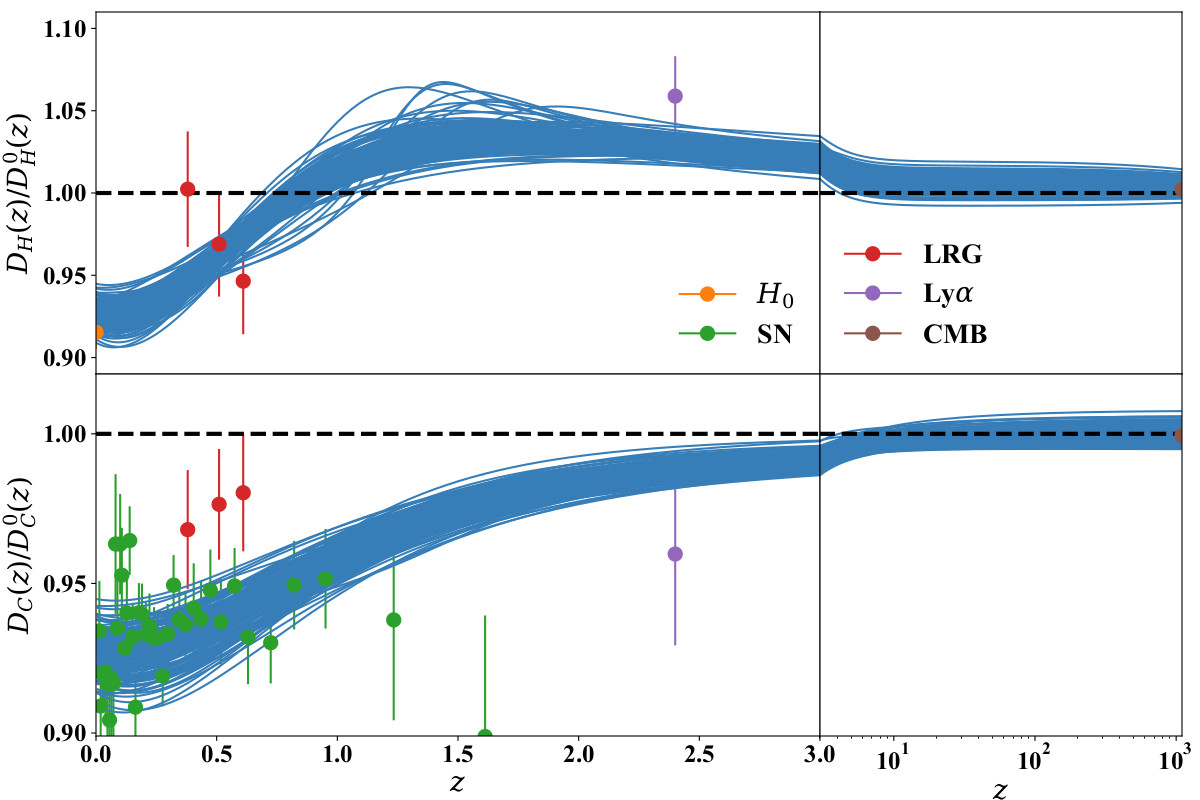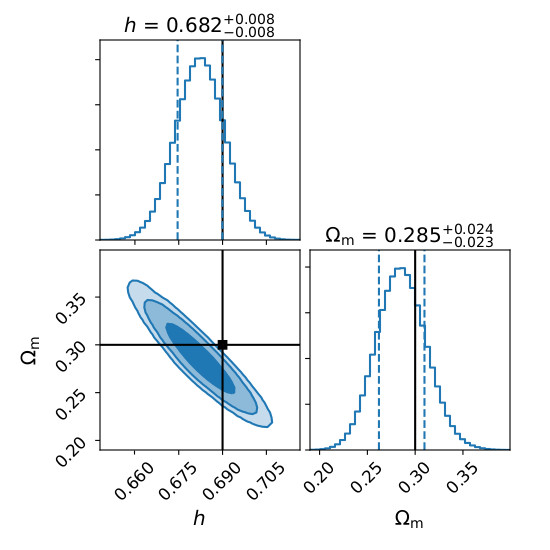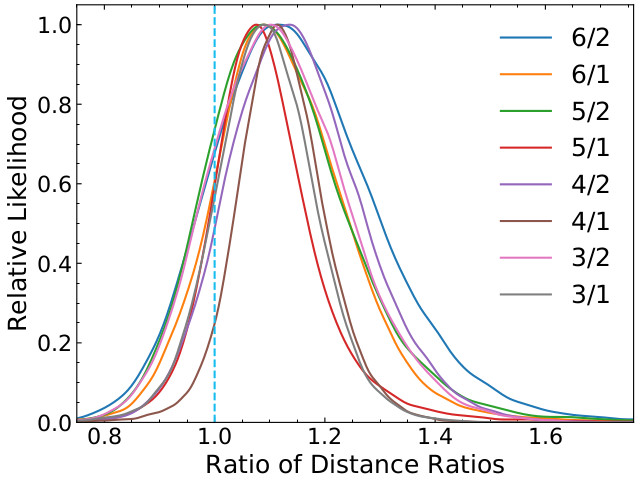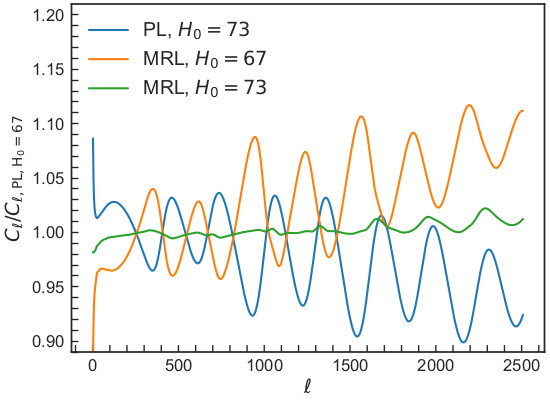Dark Matter Phenomenology
I am interested in testing dark matter properties in astrophysica contexts.
For instance, should dark matter be a WIMP an annihilation signal could be seen
in dark matter haloes. The fact a gamma ray signal is not seen in the Milky Way's
dwarf galaxies and the fact the gamma ray excess in the Galactic Center is more consistent
with a nuclear and stellar bulge can possibly rule out WIMPs as the cosmological dark matter.
Dark sector models of dark matter generically predict dark matter would have a
self-interaction cross section. Such an SIDM would have a number of interesting consequences
for dark matter halos. For instance, in dwarf and low surface brightness galaxies, SIDM would
predict cored density profiles. In baryon dominated systems, the baryons will contract the DM
halo shrinking the core size and making a cuspy profile. This diversity in the predictions of
SIDM matches the observed diversity in the rotation curves of actual galaxies, which CDM
cannot explain. Further, satellite SIDM haloes that have passed close to their host can be
tidally stripped, the mass loss of which can trigger a collapse of the isothermal core (arising
from a negative heat gradient in gravitationally bound systems), ultimately leading to haloes
much denser than CDM predictions. This has interesting implications for the Too Big To Fail
problem.
Dark Energy Phenomenology
ΛCDM successfully explains individual cosmological datasets. However, a tension
has emerged between the CMB's prediction of H0 and the local measurement of H0 from Cepheids
and supernova. This tension may point to new physics beyond ΛCDM such as an evolving
dark energy equation of state. Already, this tension may point to a transitional dark energy
if the H0 measurement gets more precise. Regardless of the H0 tension, the dark energy equation
of state will be determined from future BAO recontructions and growth rate measurements with DESI
and from gravitational wave distances with LIGO/LISA/Einstein Telescope.
The space of models of evolving dark energy is vast, however,
and rather than iterative over a potentially infinite number of models and compare their evidences,
I have been working on developing statistical tools can make inferences from cosmological datasets
without assuming a model.
Inflationary Phenomenology
The simplest models of single-field slow-roll inflation generically predict a power-law, featureless
primordial power spectra, which has successfully predicted the observed CMB anisotropies. As with my work
on dark energy, rather than iterate over a large space of inflationary models, I have been using model-independent
methods to try and search for deviations away from a power-law primordial power spectra.

